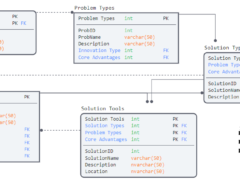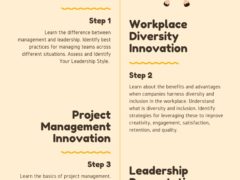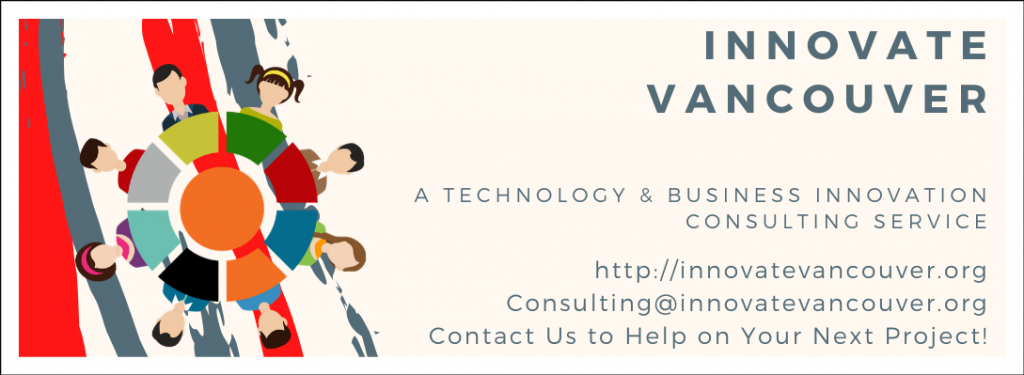Agile thinking involves moving between comparative and competitive constructs in the pursuit of new possibilities, opportunities, and solutions. The advantages gained through agile thinking competencies include:
- Ability to transcend traditional boundaries and constraints
- Ability to find new opportunities, products, and services
- Ability to create new markets, industries, and custom solutions
Agile thinking is particularly useful under the following conditions:
- Existing products/services are unable to solve the problem(s)
- The solutions impact fails to deliver intended results
- Some symptoms of the problem(s) remain unresolved
- Additional symptoms/problems surface after the original solution is implemented
The nature of agile thinking is competitive not only with common pedagogical vectors but also traditional constructs reinforced and taught in universities. Economic markets, industries, and product/ service categories are built within these conceptual and physical categories, with most opportunities to transcend these barriers limited to only the creative few with wealth and influence.

The rejection of categorical and normative constructs are often resisted to mitigate:
- Perceptions of risk
- Loss of existing ‘traction’
- Loss of perceived competitive advantages
- Changes to the current business model
Opportunities realized through agile thinking competencies often require significant resources and commitment to introduce. The same traditions, beliefs, and assumptions that supported the existing business model are challenged. Changes are often required to how business is conducted to include:
- Tools
- Technologies
- Policies
- Business Structure/ Model
Agile thinking can also disrupt existing norms and introduce challenges to long-held linear beliefs, assumptions, and traditions. The social constructs and norms that have bound existing processes and efforts need to be replaced before the new agile thinking tools can be used properly. Disrupting the status-quo can be a painful process but much aid the business’ ability to serve its customers.
Questions that can support agile thinking include the following:
- Are customer problems solved with a single solution or need a combination of solutions?
The packaging of multiple products and services is a common method of upselling and cross selling the business offerings. Simple products can be sold with added services to improve the offering as well as the quality of its impact. But packaging can also be trying to deliver extra values not realized with the original incomplete solution.
- Is there consistent agreement about how the problem is defined?
Problem definitions are directly related to the strategies and solutions suggested. When problems are inadequately defined, or understood, the likelihood of an adequate solution being provided decreases. The chance of this happening increases with the complexity of the problem.
- Is there consistent agreement about how the solution is defined?
Solution definitions are directly related to how the strategies and solutions are implemented. The different ways in which a business’ products & services are used represent opportunities for innovation and agile thinking.
Identifying new purposes and uses for an existing product/ service opens up opportunities to enter new markets and reposition the business. Both have the possibility to increase customer numbers and revenue as a result. But the reverse is also possible with product/ service offerings poorly aligned with the customer’s problems. Similarly, solutions that are delivered with inadequate instructions or information may be implemented incorrectly and fail to deliver the intended results.
Traditional thinking is often described as linear and deterministic, taking into consideration only a few contributing variables. The need for agile (versus linear) thinking increases as the complexity of the issue increases. This is because linear thinking is unable to generate solutions that is able to influence a larger complex interdependent system. Examples of complex issues requiring agile thinking include:
- Poverty
- Healthcare
- Economic Stability
- Trades
- Peace
- Government/ Legislation
- Mental Health
Unfortunately, linear thinking continues to stay predominant (in the above, and) in business planning and strategic analysis. The results are many, including:
- Decreased Quality
- Increased Costs
- Decreased Productivity, &
- Decreased Customer Satisfaction
The nature of these complex issues defy a simple solution and instead need solutions that:
- Are Multi-disciplinary
- Include Stakeholders that Represent Key Drivers Across the System
- Include the Necessary Infrastructure to Sustain Network Momentum
- Include the Necessary Data and Feedback Mechanisms to Support Ongoing Evaluation, Planning, and Coordination of Strategy
Innovation is not dependent on agile thinking when the innovation is incremental or represents an addition to an existing product/ service. Although there are exceptions, incremental innovations do not need a complex or systems level understanding of the product/ service environment. As a result, not all innovations are equal.
Innovations that are built on agile thinking rival other models in their ability to disrupt existing markets with the introduction of novel and useful offerings. Business’ that are able to transcend and challenge their history of categorical and linear thinking have a significant advantage over businesses that do not contain these competencies.
How is your business supporting the use of agile thinking to support innovation? Share your comments below.
Travis Barker, MPA GCPM
Innovate Vancouver
http://innovatevancouver
Innovate Vancouver is a business development & consulting service and technology startup located in Vancouver, BC. Contact Innovate Vancouver to help with your new project. Innovate Vancouver also gives back to the community through business consulting services. Contact us for more details.




